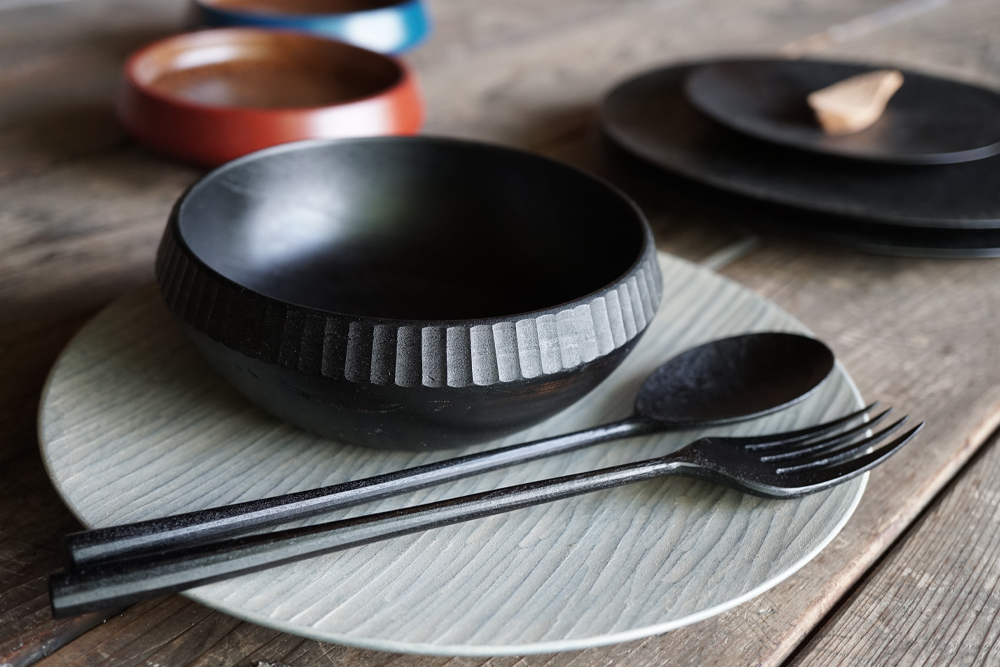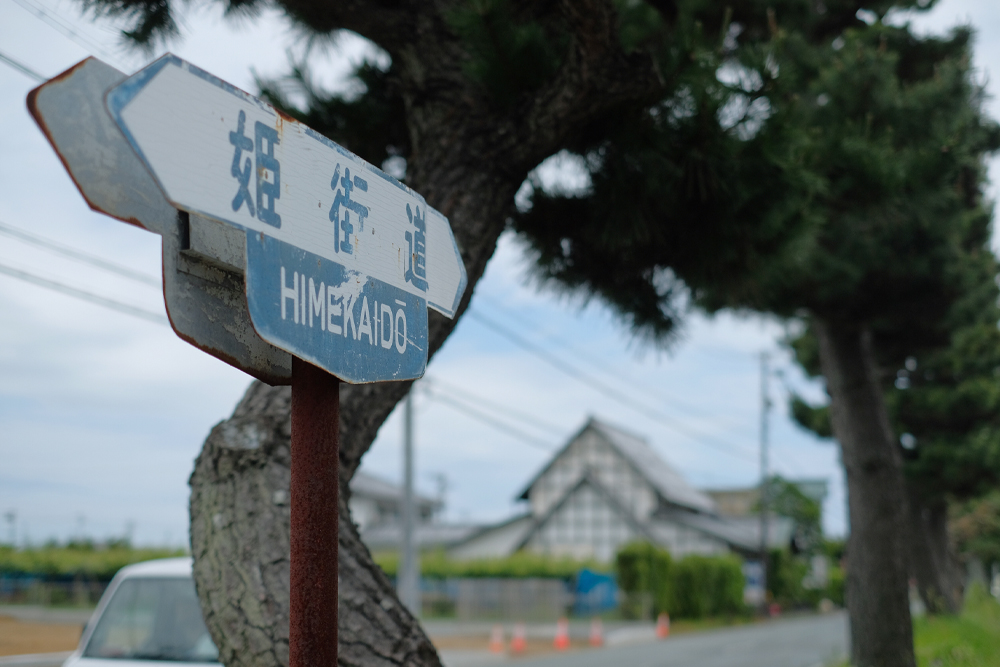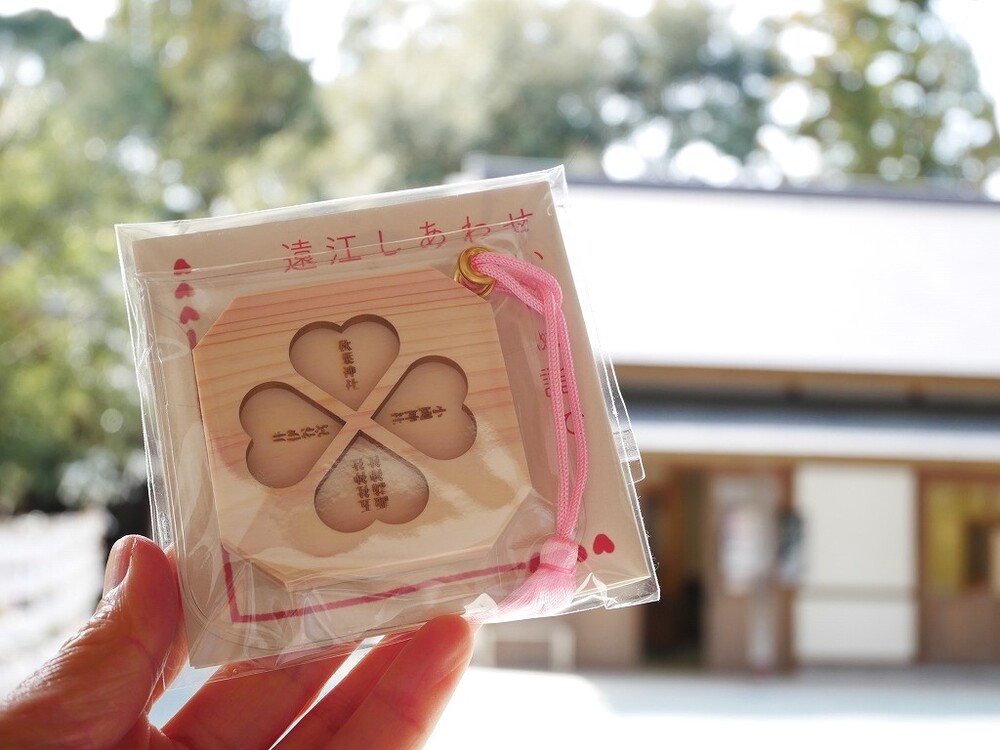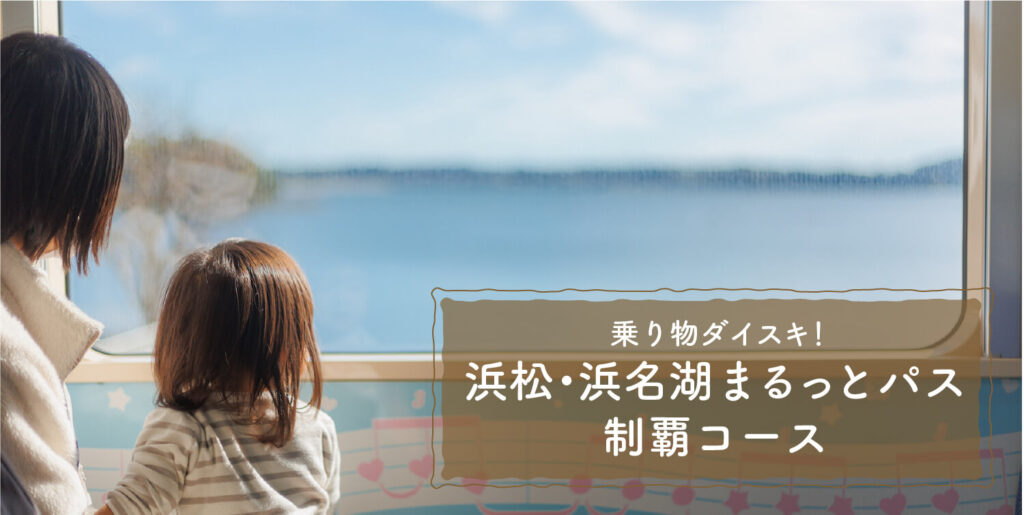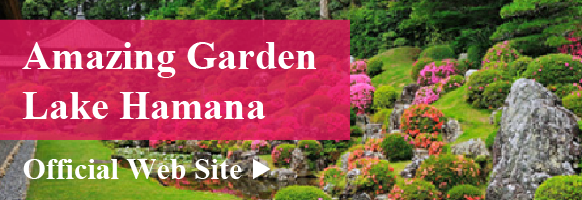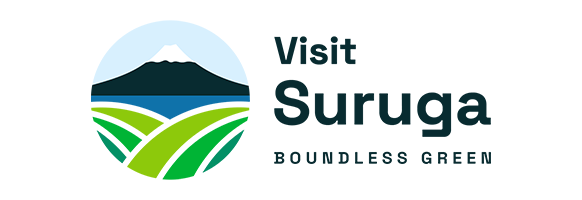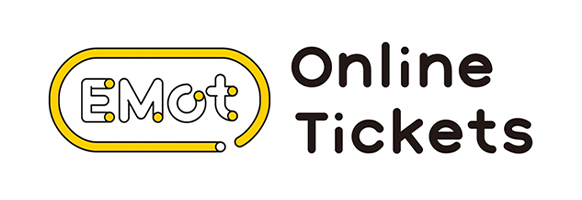Get to Know Hamamatsu
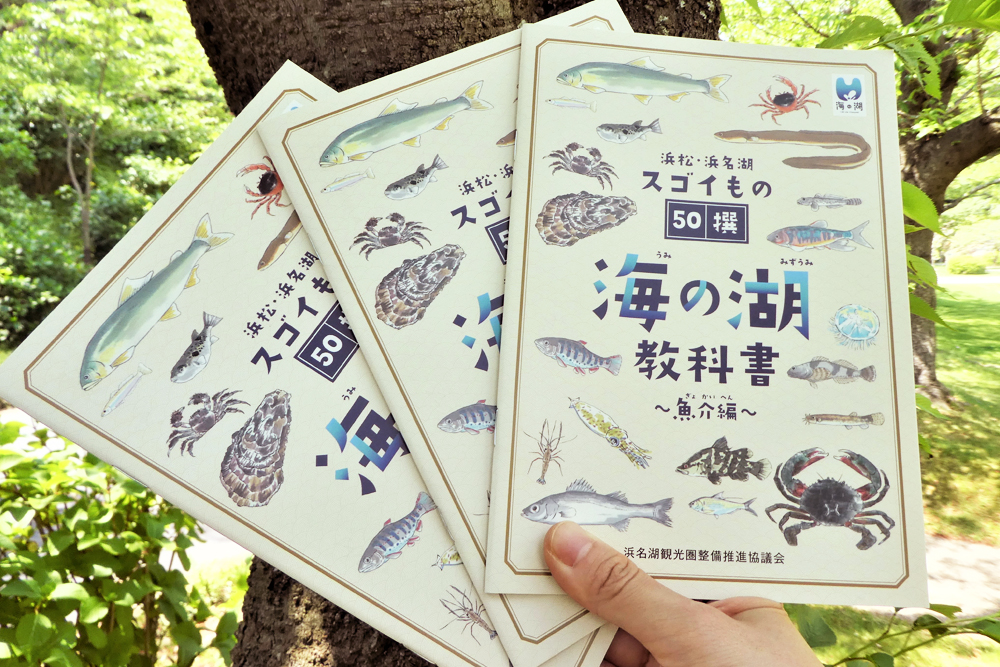
- Eat
What’s Lake Hamana Like? The Sea-Lake Textbook—Seafood Edition
Everyone in Hamamatsu knows about Lake Hamana. But if someone asks, “What kind of place is it?” many might struggle to answer. That’s why we created this “Sea-Lake Textbook.”…
I don’t think there is anyone who lives in this area who doesn’t know about Lake Hamana. I think everyone has at least once gone out to collect clams, go fishing, or go for a drive along the shore of Lake Hamana. Lake Hamana is a very familiar place to us.
What would you say if someone asked you again, “What kind of place is Lake Hamana?” You probably won’t be able to give a good answer like, “Hmm. There’s nothing special about it…” I want to know more about Lake Hamana. With this in mind, I began creating this “Sea Lake Textbook”.
This book was originally based on a poster titled “50 Amazing Things in Hamamatsu and Lake Hamana”. This poster is intended to convey that there are many wonderful things to see in the Hamamatsu/Lake Hamana area. The “Lake of the Sea Textbook” is an even more in-depth study. Both were created for local elementary and junior high school students, and were produced as part of the “Lake Hamana Tourism Area” project, which is working to create a tourist area that encompasses Hamamatsu City and Kosai City. Normally, when we think of tourism, we think of inviting visitors from outside, but why local elementary and junior high school students? There is a reason for this.

Have you ever heard of the term civic pride? It means that citizens have pride and attachment to their region. In the field of tourism, there is now a need to foster this civic pride. So why does fostering civic pride lead to tourism?
When you feel pride and attachment to your region, you can’t help but want to share it with others. “Lake Hamana is an amazing place, so come and visit us!” When residents say these words one after another, they attract people from outside, and the residents want to convey the goodness of Lake Hamana to people who come from outside. It will be. And the goodness of Lake Hamana is passed on from person to person. This is the ideal form.
So what can we do to help residents feel civic pride? First of all, let’s let people know that Lake Hamana is amazing! With that in mind, I created 50 amazing posters. The first thing you need to do is stop and look at the poster. After that, I decided to create a textbook that would be more accessible and readable. First, by getting elementary and junior high school students interested, the children will pass it on to their parents, and the parents will also become interested. I want to create something that will lead to understanding the richness of Lake Hamana.
How was Lake Hamana formed?
When did it become connected to the sea?
What kind of creatures do the fish and shellfish live in?
It’s connected to the sea, but is it salty?
How deep is it?
“Sea Lake Textbook''.
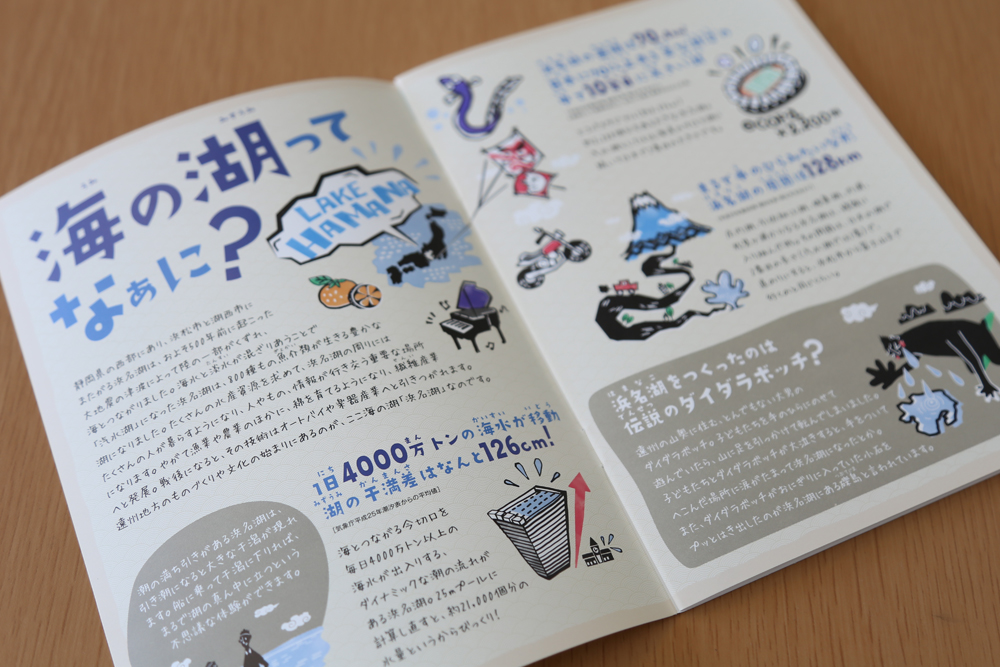
If you ask a lot of questions about Lake Hamana, you’ll get endless answers, but I wonder how many local residents can answer them accurately. I’m embarrassed to say that even the members of the production team were unable to answer this question until this book was completed. Of course there are many things that I know because I am a local, but I think there are surprisingly many things that I don’t know even if I live locally. Also, although I already knew somewhere in my heart that Lake Hamana was a beautiful and rich place, I didn’t have the knowledge to explain it specifically. A book has been created to explain this.
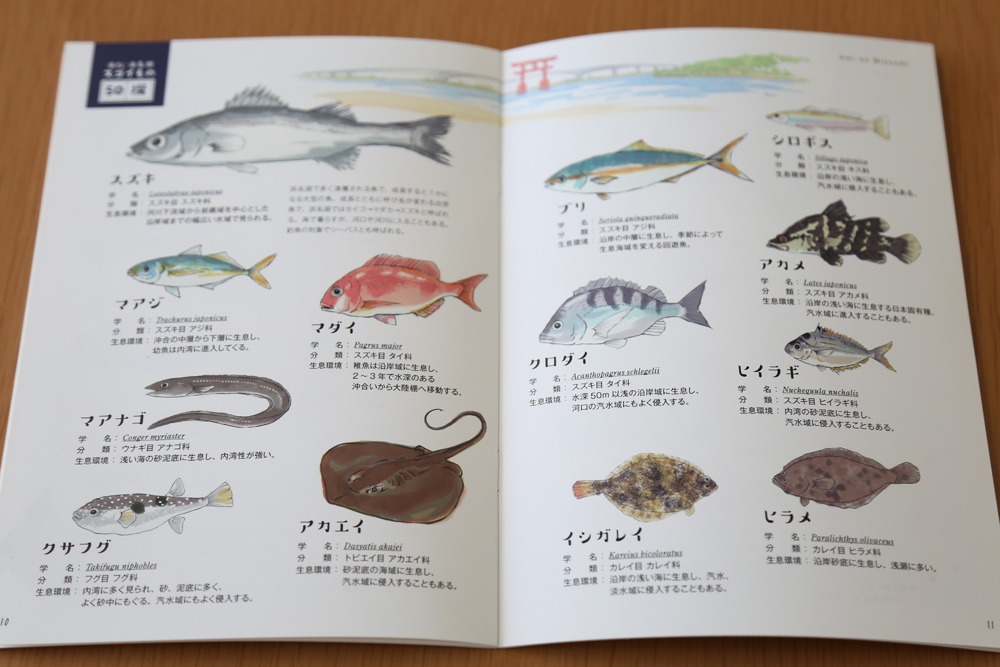
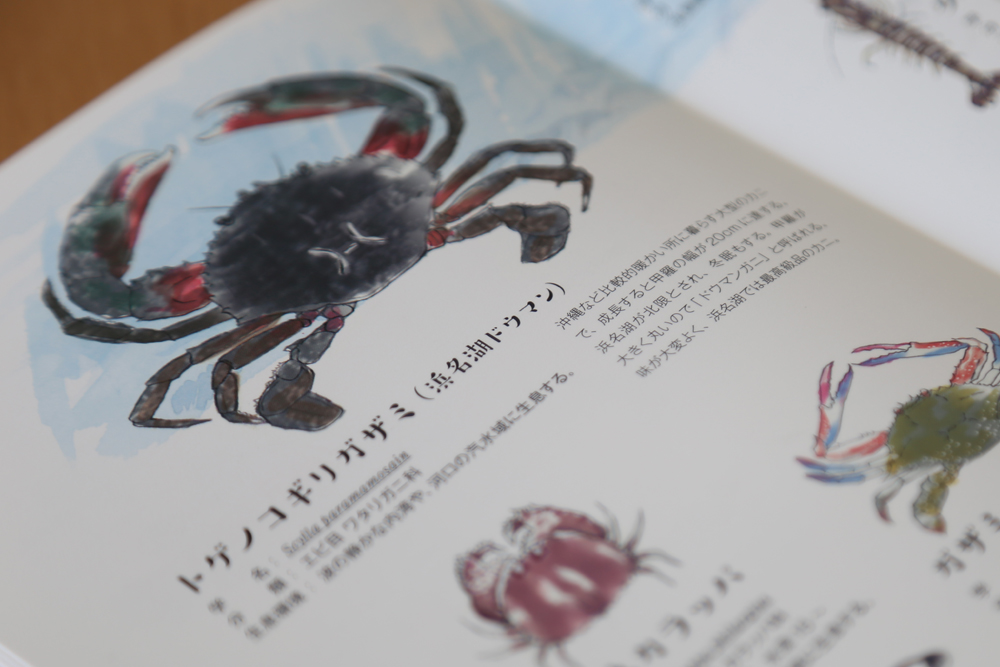
We took a lot of time to create the book, and we tried to make it as easy to understand as possible so that elementary and junior high school students could relate to it. Rather than trying to make the illustrations of fish realistic, the idea was to create a picture book that people would enjoy reading, such as drawing them in a gentle, non-scary manner. In addition, in order to find out more about specialized matters, we requested supervision from the staff at “WOT, Lake Hamana Experience Learning Facility.”
The “Sea Lake Textbook” started with a seafood edition, but in parallel with poster production, we are currently working on a festival edition and a vegetable and fruit edition. Sales destinations are as follows. Right now, we are spending a lot of time at home during the period of refraining from going out. I would like parents and children to watch it together at home.
[Sea Lake textbook sales facility] *550 yen per book (tax included)
- Yajimaya Bookstore (19 stores in the prefecture)
- Lake Hamana experiential learning facility WOT
- Imakiri Experience Village Kaikokan
- Hamamatsu/Lake Hamana Tourism Bureau
- Enshudo Bookstore
*Business hours and content of the listed facilities and experiences may differ. We recommend checking the website in advance.

Our Hometown Is Also the Home of Sea Turtles
